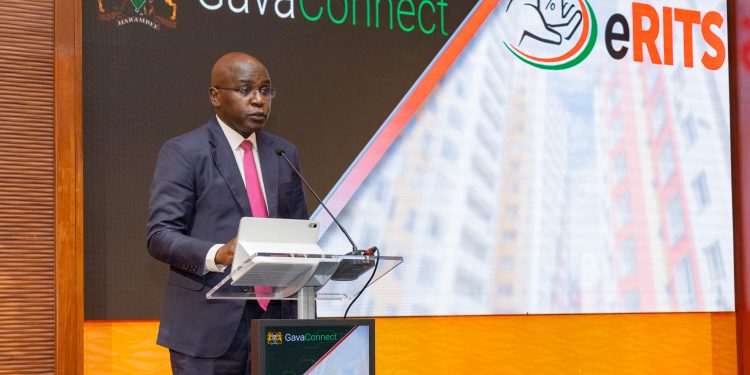In a bid to modernize its tax collection mechanisms, the Kenya Revenue Authority (KRA) has introduced the Electronic Rental Income Tax System (eRITS), aiming to enhance compliance among landlords and property owners. This initiative reflects Kenya’s ongoing efforts to address long-standing challenges in tax administration, a struggle shared by many Sub-Saharan African (SSA) nations.
The eRITS platform is designed to integrate seamlessly with KRA’s existing systems, facilitating the computation, filing, and payment of rental income taxes. Accessible through the Gava Connect API portal and the eCitizen platform, eRITS targets landlords earning between KES 288,000 and KES 15 million annually. This demographic is currently subject to the Monthly Rental Income (MRI) tax, which was reduced from 10% to 7.5% in January 2024.
In the 2023/2024 fiscal year, MRI tax revenues reached KES 14.4 billion, marking a 5.2% increase from the previous year. While this growth is notable, it underscores the broader issue of tax base erosion and the need for more comprehensive reforms.
Kenya’s tax system faces several structural impediments that hinder effective revenue collection. A significant portion of the population remains outside the tax net, with only about 7.6% of Kenyans filing annual income tax returns as of June 2019 . This low compliance rate is attributed to factors such as a large informal sector, limited tax education, and perceptions of government inefficiency and corruption.
Moreover, the reliance on consumption taxes, which constitute approximately 49% of tax revenues in SSA, places a disproportionate burden on lower-income households . This regressive tax structure exacerbates income inequality and undermines public trust in the fiscal system.
Kenya’s tax challenges are emblematic of broader issues faced by SSA countries. Many nations in the region struggle with narrow tax bases, high levels of informality, and weak administrative capacities. The average tax-to-GDP ratio in SSA remains low, limiting governments’ ability to fund essential public services and infrastructure projects.
Efforts to enhance tax compliance often encounter resistance due to historical grievances, lack of transparency, and perceptions of inequitable tax enforcement. Building a culture of voluntary compliance requires not only technological innovations like eRITS but also systemic reforms that address these underlying issues.
While eRITS represents a positive step towards modernizing tax administration, its voluntary nature may limit its effectiveness. Without mandatory compliance measures and robust enforcement mechanisms, the platform’s impact on revenue mobilization could be minimal. Furthermore, the success of such digital initiatives depends on the broader digital infrastructure and literacy levels, which vary across regions.
To maximize the benefits of eRITS, the KRA must invest in taxpayer education, enhance data analytics capabilities, and strengthen collaboration with other government agencies. Integrating eRITS with national identification systems and financial institutions could also improve the accuracy and efficiency of tax collection.
The launch of eRITS signals Kenya’s commitment to leveraging technology for improved tax administration. However, addressing the deep-seated challenges in the tax system requires a multifaceted approach that combines technological innovation with institutional reforms, public engagement, and policy coherence. As Kenya and other SSA countries navigate these complexities, the journey towards a more equitable and efficient tax system remains a work in progress.
Photo – KRA Commissioner General, Humphrey Wattanga
By Yvan David Danisa – AfrikanTrust




